Shaniwar Wada is a fortified palace in Pune with rich history of the Maratha Empire. It hosted the seat of the Peshwas when Maratha rule was at its peak. The palace also served as the center of Indian politics until the Marathas lost it to the British. Despite of turned into ruines, Shaniwar Wada is still a prime attraction of Pune for tourists and history lovers.
Tales of Shaniwar Wada are full with love, betrayal and killings, a terrible dark history of the mansion. Some legends also describe Shaniwar Wada as a haunted palace.
Shaniwar Wada is also knwon for its incredible fort-palace architecture. It was once a 7 storied mansion, majority of which destoryed by the British artilerries. But the remains of Shaniwar Wada is still one of the best historical places in Pune and Maharashtra.
The word ‘Shaniwar Wada’ is a combination two Marathi words which means Saturday Mansion in English. ‘Shaniwar’ means ‘Saturday’ whereas ‘Wada’ means ‘Mansion’. The palace was probably commissioned on a Saturday in 1732.
Founation of Shaniwar Wada
Peshwa Baji Rao I was the founder of Shaniwar Wada. He laid the foundation on 10 January in 1730.
Construction
Shaniwar Wada is a seven storied brick construction with a stone base floor, which has a nice history behind it. The Peshwa House of Pune was planned to be entirely built with stone. But when the costruction of first floor was in progress, a letter came from the Shahus (kings) of Satara putting a full stoppage on stone construction of Shaniwas Wada. Some counselors Shahu pinched that only Shahu had the right to build stone palace.
Eventually, the remaining construction of seven storied Shaniwar Wada was made of bricks only.
British canon firings could only damage the brick consturction but not its stone base. The strong base still aprears today as remnants of Shaniwar Wada for the tourists and history enthusiasts.
The total construction cost of Shaniwar Wada was 16,110 Rupees, a pretty good sum according to early eighteenth century’s valuation.
Shaniwar Wada Architecture
Shaniwar Wada of Pune features the Maratha Imperial architectural style. Carved teak doorways, exquisite design works on teak pillars and marble floors indicates the glory time of the Peshwas. Teaks, limes and stones was sourced from different places. Teaks arrived from Junnar jungles while limes from the Jejuri lime belts. Stones were sourced from the Chinchwad quarries.
Scenes from the Ramayana and Mahabharata ornate the walls.

The fortification wall had five entry points and nine bastion towers. Five gates of Shaniwar Wada include:
- Delhi Darwaza was the main gate facing north towards Delhi.
- Mastani Darwaza was the gate facing Peshwa Bajirao’s wife Mastani’s palace.
- Khidki Darwaza was gate containing an armored window;
- Ganesh Darwaza was gate for the ladies to access nearby Ganapati temple; and
- Jambhul Darwaza was the southern gate used by the concubines. Later named as Narayan Darwaza as Peshwa Narayanrao’s corpse was taken out through this gate for cremation.
History of Delhi Darwaza
The Delhi Darwaza is the main gate of the complex which faces north towards Delhi. Surprisingly, Shaniwar Wada is the only fort structure in India having its main gate facing Delhi.
There is a wonderful history on why does the Delhi Darwaza of Shaniwar Wada is facing north direction towards Delhi.

Well the north-facing fort points towards Bajirao’s ambitions against the Mughal Empire in Delhi. He possessed a very strong mindset to counter the Mughals. His words on main gate was ‘chhaatiche, maatiche naahi!’. The meaning carries a strong inner meaning, the gate should not just built on muds but on the brave chests (of the Marathas).
Love story of Bajirao and Mastani
The famous love story of Bajirao I and Mastani, daughter of Chhatrasal Bundela and Ruhani Bai Begum has a deep link with the fort palace. Peshwa Bajirao I, the founder of Shaniwar Wada, fell into love with Mastani and committed his second marriage with Mastani.
Chhatrasal was a Hindu Rajput ruler and founder of Bundelkhand. Mastani was daughter to his Muslim concubine Ruhanibai. Therefore, it led a lot of resistance from the Hindu Brahmin Peshwa family to accept Mastani. Forced with the family controversy, Bajirao had to built a separate palace for her inside Pune Shaniwar Wada, known as Mastani Mahal.
However, Mastani Mahal had a completely isolated entry gate which is now famous as Mastani Darwaza. While Bajirao was on his last expedition, Mastanibai was taken under a house arrest.
There are different legends on the death of Mastani. She died at Pabal Village near Pune, soon after Bajirao expired in 1740 CE. One legend says Mastani death caused from shock. However, another legend says she committed suicide as Sati. Although the death story of Mastani is still a mystery, Bajirao Mastani love story, became a famous legend around Shaniwar Wada of Pune.
Shaniwar Wada under Nana Saheb
Balaji Bajirao alias Nanasaheb succeeded the throne of Peshwa after Bajirao I died. Under his rule, the Maratha Empire reached its greatest territorial extent ever. At the same time Pune reached at the top of political fame as a capital of Maratha Empire. As the territory expanded, Nanasaheb also made several additions to the great historical mansion, Shaniwar Wada.
Vishwas Rao, Nana Saheb’s eldest son, lost his life in the tragic third battle of Panipat in 1761 CE. Extremely shocked by the tragic loss, Nanasaheb also passed away in few months.
After death of Nanasaheb, his son Madhav Rao succeeded him, just at the age of 16 years. However, he also could not survive for long time as he died of tuberculosis in 1772 CE. Legends say Madhav Rao was marred by intrigue from his own uncle, Ragunath Rao. Finally, the third and youngest son of Nana Saheb, Narayan Rao ascended the throne of Peshwa. But he also could not survive more than nine months until assassinated on 30 August 1773, on order of his uncle, Raghunath Rao.
Haunted story of Shaniwar Wada
Shaniwar Wada haunted story is another legend which is famous around the region. The haunted story connects with the brutal killing of Narayan Rao Bhat (1755 – 1773 CE) inside Shaniwar Wada. He was the 10th Peshwa of the Maratha Empire, and the 2nd of hereditary Peshwas from the Bhat family.
On 30 August, 1774 CE, on the day of Anant Chaturdashi, last day of Ganesh festival, Peshwa Narayan Rao was assassinated. Sumer Singh Gardi, the commander of the palace guards was who brutally stabed and killed Narayan Rao. Peshwa Narayan Rao Bhat was inside the Ganpati Rang Mahal, when Sumer Singh Gardi along with his men entered the Mahal. They killed 10 other servants as well who were with Peshwa Narayanrao that moment.
Peshwa Narayan Rao was the victim of the conspiracy of his own uncle Raghunath Rao and aunt Anandibai. There is a popular legend that Narayanrao’s ghost still asks for help on full moon nights, saying ‘Kaka mala bachava (uncle please save me)’. Thus the Shaniwar Wada conspiracy and killing story had led to the famous haunted story of the palace. Many people claims the incorrectness of the story but a large number of people also believe its trueness.
British acquisition on Shaniwar Wada
In June of 1818, during the 3rd Anglo-Maratha War (1817-1819 CE), the British army attacked Shaniwar Wada. The intense British artillery attack caused all the brick made top six floors collapse. Only the stone base of the monument were saved from the attack.
The British army was successful to capture Peshwa Bajirao II in this attack. They took complete control of the mansion and send Peshwa to Bithur, near Kanpur in Uttar Pradesh as a political prisoner. The capture of Shaniwar Wada almost concluded the ongoing third Anglo-Maratha. Only some discreted battles continued in few places for few more months.
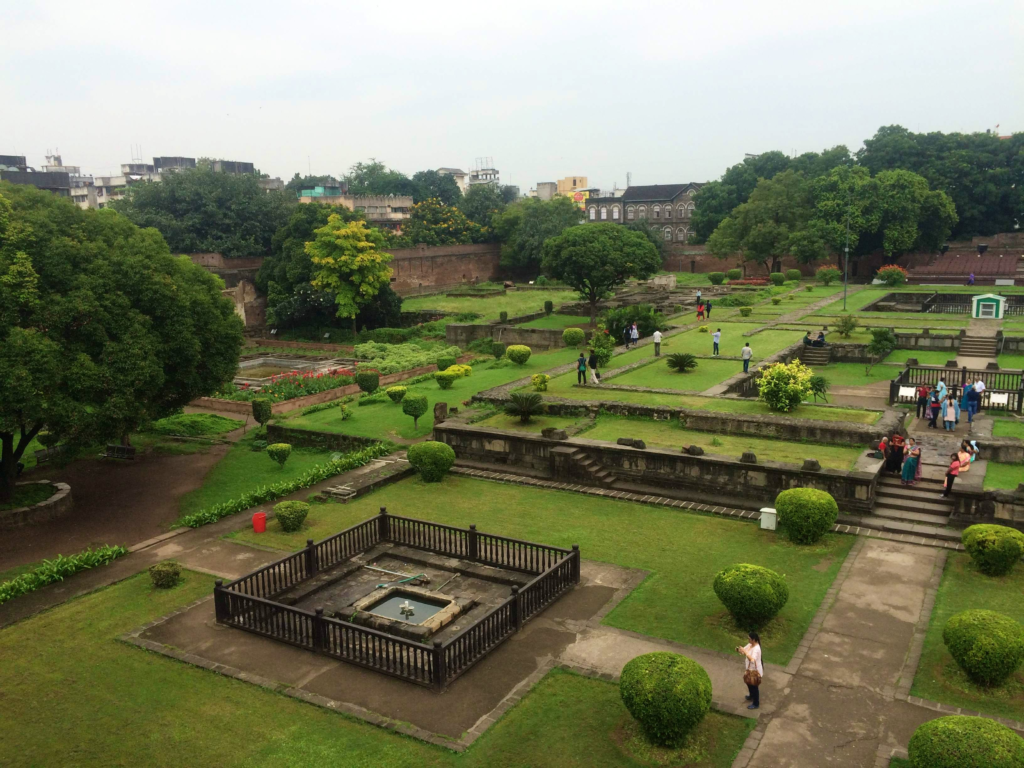
On 27 February 1828, a huge fire burnt the great mansion. Fire continued for seven days leaving the heavy ramparts, strong gates and the stone base of it. Unfortunately, the reason of the fire at Shaniwar Wada could never be known. However, the fire eventually ended a 98 years pride and glory of the monument.
Famous historical and tourist attraction of Pune
Despite of the famous haunted story, Shaniwar Wada is still recognized as one of the best historical tourist places in Pune, Maharashtra. The historical palace is just 11 kilometers (6.8 Miles) away from Pune International Airport. Pune Railway station, on the other side, is just 4 kilometers (2.5 Miles) away.
Following things you may do while you visit Shaniwar Wada:
- Go around the monument and experience its glory
- Enjoy the light and sound show starts at about 7:00 PM. Conducted both in English and Marathi. Tickets are available 30 minutes prior to the show.
Frequently asked questions about Shaniwar Wada
Built in 1732, Shaniwar Wada had hosted the seat of the Peshwas of the great Maratha Empire. After the British East India Company captured the fort in 1818 CE, it eventually ended the Maratha rule and British rule expanded across almost entire Indian territory.
Despite of being ruined by multiple fires and British artillery attacks, the surviving structure is still worth visiting. The architectural mastery of the building is just amazing, especially the heavy teak wood made gates, strong ramparts and other surviving structures. The garden area is still beautiful and worth spending some time. You also can’t avoid enjoying other structural parts of the ruined mansion.
There is legend about Shaniwar Wada being one of the most haunted places of Pune in Maharashtra. Young Peshwa Narayan Rao Bhat was brutally assassinated by Sumer Singh Gardi, the commander of the palace guards. Local people still believes that on full moon nights, the ghost of Narayanrao still asks for help.
Shaniwar Wada is open on all days in a week. The timings to visit the place is limited to 08:00 – 18:30 hours local time. Weekends are generally heavily crowded.
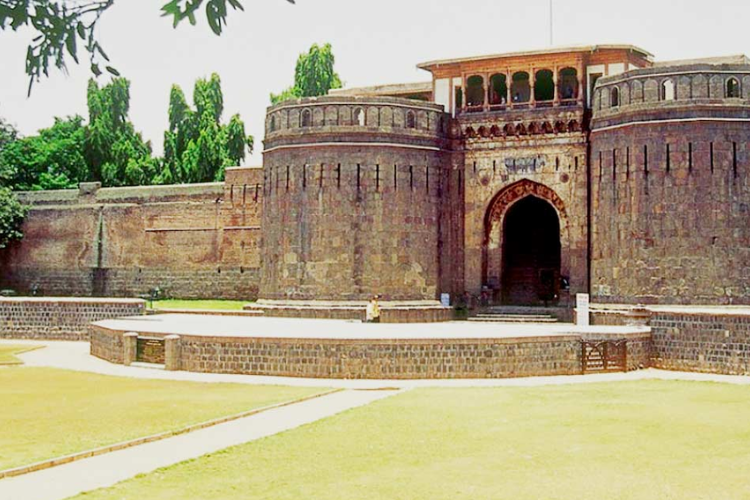
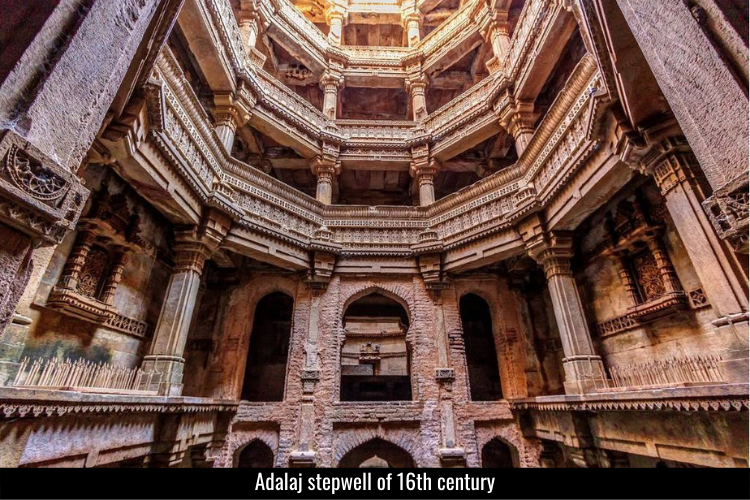
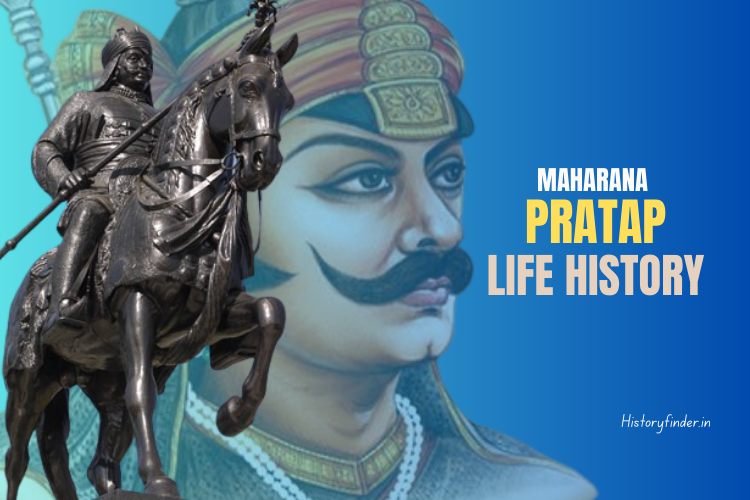
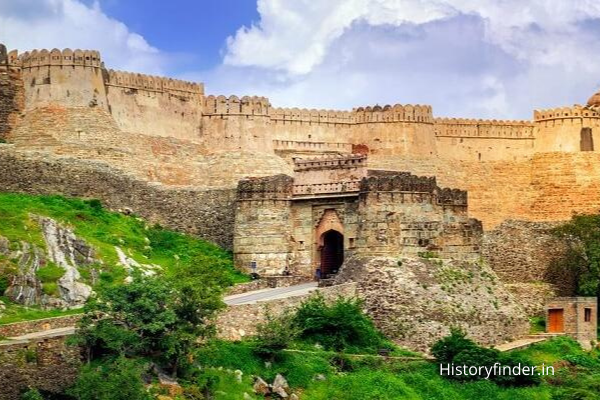
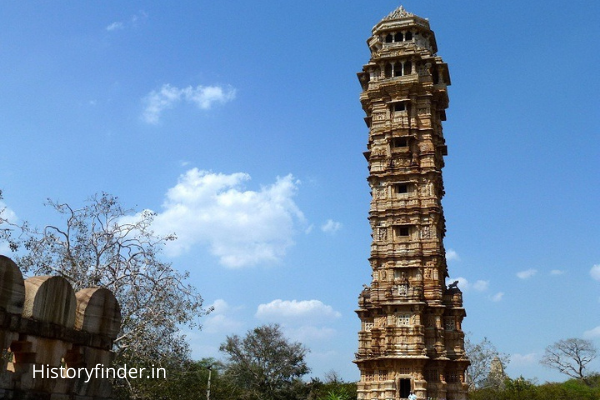
Pingback: Cooch Behar Palace history - History Finder